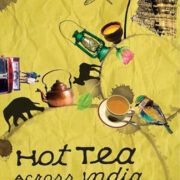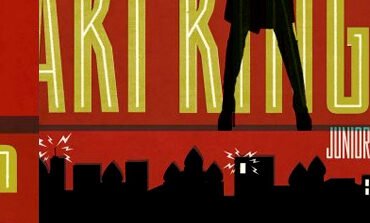“Life was one habit and keeping secrets from the world was another; the second was a means by which a flagging interest in the first could be kept breathing.”
This sentence, narrated by one of its characters, is perhaps the most genuine description of Upamanyu Chatterjee’s latest book, titled Way to Go. In today’s personal situation, this message truly makes sense, and makes the book relevant to many of us.

Way to Go book cover; courtesy of Penguin Books India.
Way to Go is the story of a man, Jamun, whose father, Shyamanand, is on his deathbed. Saddened by the impending loss, he falls asleep at his father’s feet, and wakes up to find him missing. The rest of the story is about Jamun; how he interacts with the people surrounding him, and how he deals with the sudden disappearance of his old, half-paralysed father, along with his own depression. It also jumps into the past, with him remembering his family, and friends who left.
The book also illustrates the suburban lives of people in Calcutta. It highlights the fact that every person who seems to have a normal life actually hides a bag full of dirty secrets within. The author talks about family, and how love, even though extremely imperfect, can make all the weird instances that life provides more bearable. The most important relationship in the book is the one between father and son — the problems they face living together, and the underlying need they have for each other.
Some of the other notable characters in Way to Go include Naina Kapur, the neighbour with skin problems, Monga, the unscrupulous contractor, Burfi, the estranged brother, and Mr. Mukherjee, the close friend and neighbour who commits suicide for unknown reasons. There are other characters too, which play a role in making the story wholesome, like the maid who cooks terrible food, her son, the secretive drug dealer and pimp, and the former lover, a famous TV actress. Each of these characters are memorable, and Chatterjee has ensured that the reader understands them well.
An interesting aspect of the book is that it is divided into three parts, each part beginning at the same location — the police station. The author uses dark humour to mock the lives of people brought down by circumstances and habit. The writing style is very casual and informal, even though the topics discussed are sometimes serious in nature. However, this doesn’t make the read uncomfortable. On the contrary, it reinforces the fact that such situations are actually very normal for some.
In conclusion, the novel is very well-written and a pleasure to read. It is recommended for anyone who wants to broaden their perspective on life, and enjoy themselves in the process.
[Penguin Books India; ISBN 978-0-670-08352-7]






